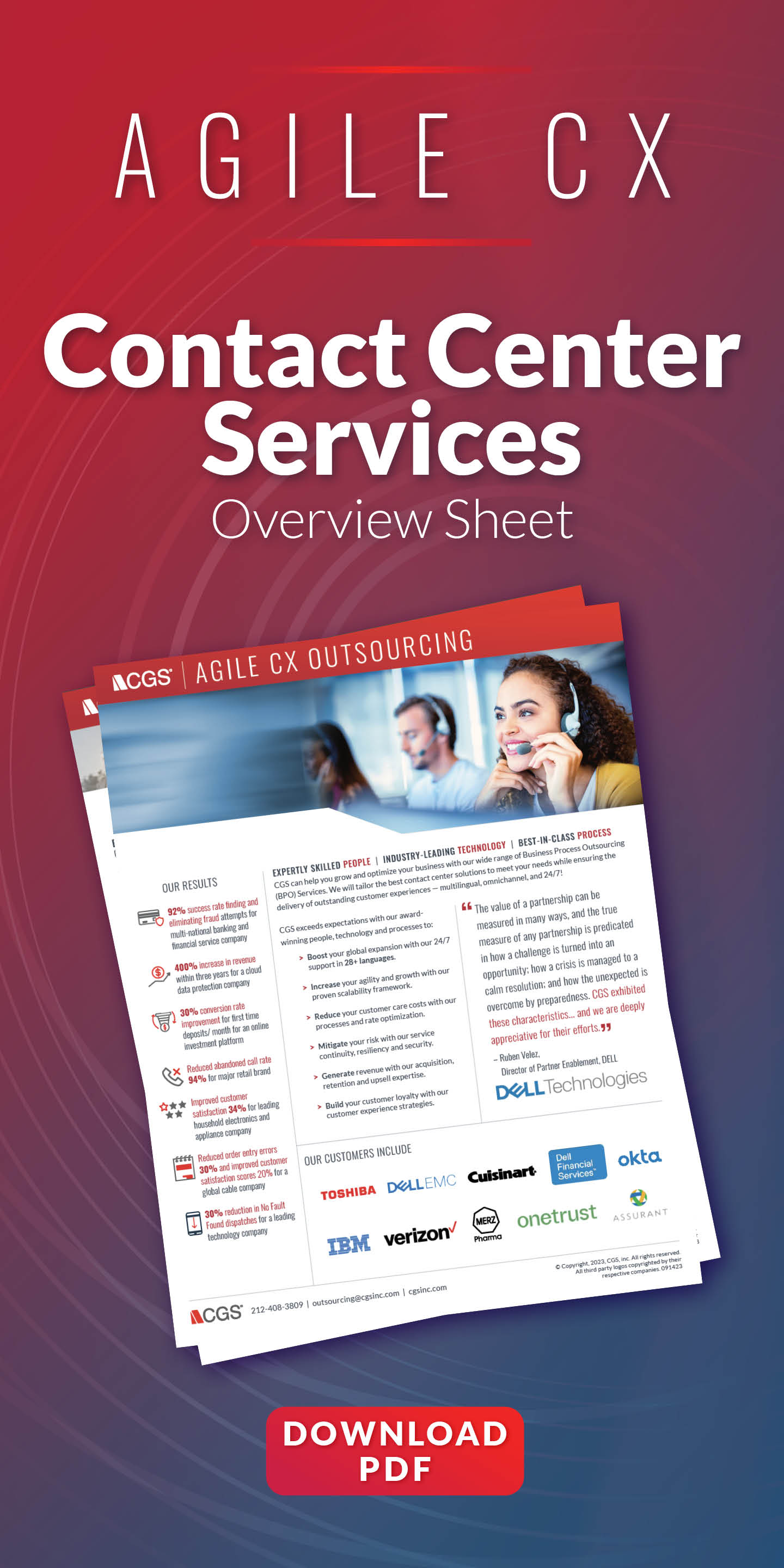Internet of Things: Why It's About the Business Use Case

There has been so much written about big data, analytics, IoT, fast analytics with new technology terms like Hadoop, Hive, Pig and Python. It is easy for executives to find that they’re scratching their heads, trying to figure out how they could play in this space and get real business benefit from investments. CEOs and CIOs question how the Internet of Things (IoT) can be relevant to their businesses.
They are also struggling with what to do with all the structured data that their businesses have accumulated over the years. Certainly traditional data sitting in large databases or data warehouses is valuable. Then there is social media. How can organizations parse through all of this voluminous data to gain real insights? The answer is fairly straightforward. Any investment in IoT has to be aligned to a business use case from end to end to justify the expense and demonstrate the value of monetizing data or from the associated analytics.
The Horizontal Approach
I must commend IBM Watson as it consistently brings a vertical emphasis to all of its solutions whether associated with smart cities, health care, media or retail. Other solution providers propose a horizontal approach but I sense they will fall short in the long term. Yes, there may be targeted benefits from a horizontal standpoint but the value comes from new revenue, profit, competitive differentiation or improved business outcomes – whether it is a train’s on-time arrival improving, energy use being optimized, predictive maintenance kicking in for manufacturing, jet engines or data centers; or even alerts being triggered from sensors in clothing to detect if someone is pushing too hard at the gym.
Wearable Sensor Technology
Let’s take the last example and demonstrate different scenarios of business benefits that can be translated into everyday life. You probably have heard some reference to wearable clothing or technology that leverages sensor data that is built into the fabric. Applications can be leveraged in gym clothing (dealing with a very diverse set of fitness scenarios). This can be beneficial in high school sports such as football, especially during those very warm two-a-day practices to check heart rates and other vital signs, or wearing devices including watches that figure out calories burnt on the treadmill. Of course we are just scratching the surface. The IoT component is the ability to ingest, process and analyze sensor information from the clothing, footwear, wearable devices and backpacks. The target is improving a specific business outcome.
What about Big Data?
The big data component can come from how to reach out to consumers and prospects of these products. A good example is performing market sentiment analyses. What did you like about the product? Was it comfortable? What improvements do you suggest? Did you find it restrictive? Were there enough variations in color? The data can be coming in from various sources including social media (Twitter, Instagram) or email, as well as various CRM channels, including smart mobile devices. This information and feedback will be critical to product design, enhancements and future releases. Many of this data is unstructured and requires search intelligence and analytics to parse through the information and make it relevant. The amount of data collected has to consider differences in language, symbols, such as emojis, and slang.
Analytical Data
Finally, the analytics component applies to targeting different and new markets, geographic regions and age segments that can become consumers of the products. This is compiled from demographic information from the traditional POS, retail and wholesale databases that collect data on the consumer or wholesale purchase compared to the total market, including international plays. If the average age of a consumer with a wearable device is 19, then how do we attract ages 14-18 or 25-30?
Over time the real “golden nuggets” will come when an organization can monetize the data, synthesizing information from omnichannel, market sentiment, social media and IoT sensor components. Then powerful correlations will be performed to provide insights to organizations that could benefit from the data whether it is a manufacturer, distributor or consumer of the products.
When you think about the various uses cases in commercial business alone, you can start to determine new ways to drive revenue, increase profits, gain market share and influence business outcomes. With over 25 years of experience in the data and analytics space, I am confident that any initiative without a defined business use case in mind will have a slim chance to succeed in the long term. IoT, much like any technology, will have to demonstrate ROI and compelling business justification.


